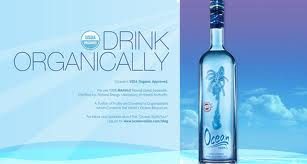Yes it does rain often in Hilo and after my last posting on the trade winds it made me wonder even more, “Why?” Since the wind is coming across the open ocean from the east and then hitting the mountains, it seems the air would pick up moisture as it goes over the volcanoes and drop it on the Kona side of the Big Island. But no, thanks to the phenomenon of orographic (my spell checker keeps wanting “pornographic”) precipitation the rain drops on Hilo and the Big Island’s east side.
Before defining this let me say that much of the rain comes at night. For instance, I play golf just about weekly and have not been rained out once; rained on occasionally but not rained out. And the average temperatures are superb as you can see below.
 |
| NOAA |
So to recap, in Hawaii, local climates vary considerably on each island due to their topography, divisible into windward (Koʻolau) and leeward (Kona) regions based upon location relative to the higher mountains. Windward sides face the east towards northeast trade winds and receive much more rainfall; leeward sides are drier and sunnier, with less rain and less cloud cover.
The rainfall is caused by orographic precipitation which is when masses of air pushed by wind are forced up the side of elevated land formations, such as large mountains. Upon ascent, the air that is being lifted will expand and cool. This cooling of a rising moist air parcel may lower its temperature to its dew point, thus allowing for condensation of the water vapor contained within it, and hence the formation of a cloud.
If enough water vapor condenses into cloud droplets, these droplets may become large enough to fall to the ground as precipitation. In parts of the world subjected to relatively consistent winds (for example, trade winds), a wetter climate prevails on the windward side of a mountain than on the leeward (downwind) side as the moisture has been removed by the effects of orographic precipitation.
 |
| Full Wiki |
In the state of Hawaii, Mount Waiʻaleʻale on the island of Kauai is notable for its extreme rainfall, as it has the highest average annual rainfall on earth with 460 inches. http://en.wikipedia.org/wiki/Orographic_precipitation#Orographic
A true-color satellite view of Hawaii shows that most of the vegetation on the islands grows on the north-east sides that face the wind.
 |
| Hawaii Islands |
for other contrasts.) And rain does bring these!
 |
| Devany Vickery-Davidson |






























